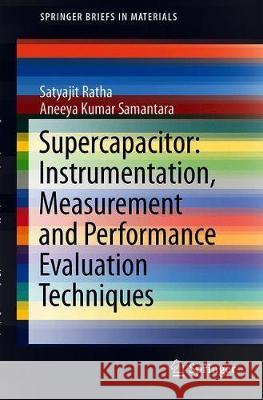Supercapacitor: Instrumentation, Measurement and Performance Evaluation Techniques » książka
topmenu
Supercapacitor: Instrumentation, Measurement and Performance Evaluation Techniques
ISBN-13: 9789811330858 / Angielski / Miękka / 2018 / 52 str.
Supercapacitor: Instrumentation, Measurement and Performance Evaluation Techniques
ISBN-13: 9789811330858 / Angielski / Miękka / 2018 / 52 str.
cena 201,72 zł
(netto: 192,11 VAT: 5%)
Najniższa cena z 30 dni: 192,74 zł
(netto: 192,11 VAT: 5%)
Najniższa cena z 30 dni: 192,74 zł
Termin realizacji zamówienia:
ok. 22 dni roboczych
Bez gwarancji dostawy przed świętami
ok. 22 dni roboczych
Bez gwarancji dostawy przed świętami
Darmowa dostawa!
Kategorie:
Kategorie BISAC:
Wydawca:
Springer
Seria wydawnicza:
Język:
Angielski
ISBN-13:
9789811330858
Rok wydania:
2018
Wydanie:
2018
Ilość stron:
52
Waga:
0.14 kg
Wymiary:
23.4 x 15.5 x 0.7
Oprawa:
Miękka
Wolumenów:
01











